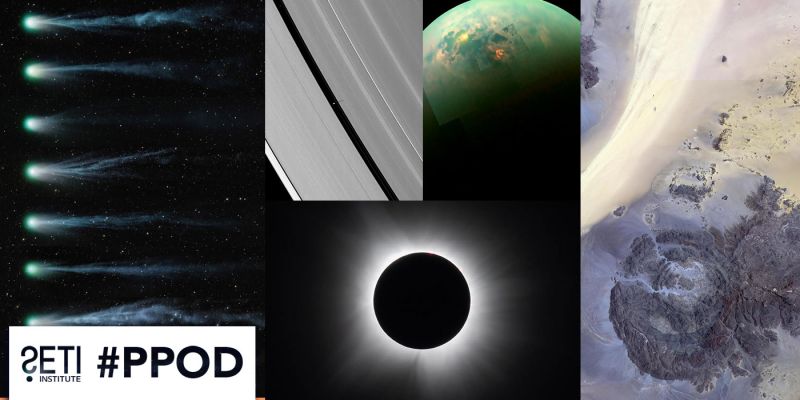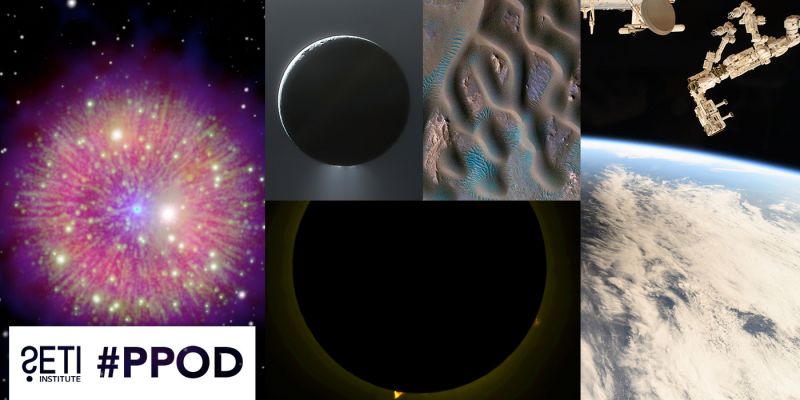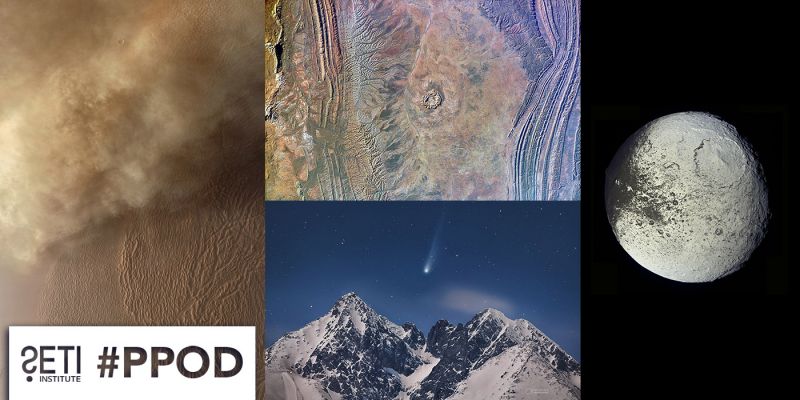Mars - our favorite neighbor - is at its closest distance in millennia. Why are we so enticed by the Red Planet?
This week, the Red Planet is closer than at any time since Neanderthals roamed the forests of Europe, nearly 60 millennia ago. Anyone who takes the trouble to step out of the house in the late evening will see Mars hanging in the southeast like a pinkish, Christmas-tree light. It will be bright enough to throw shadows, although this particular trick will go unnoticed unless you're someplace very dark.
There are five planets we can see with our naked eyes, but no one doubts that the most appealing isand long has beenMars. Mars attracts.
Why is this? What's so special about this planetary neighbor?
Well, of course, it sports a bit of color, looking slightly reddish-orange to our eyes. In contrast, Mercury, Venus, Jupiter are all blandly white, and Saturn is only faintly yellow. Mars' ruddy complexion might remind you of blood, as it did the Romans which is why they named this object after their god of war. (With blood in mind, the Romans could have opted for their god of medicine, Aesculapius. But who could pronounce that?)
Mars has visual appeal. But let's face it: the Red Planet developed a fan club only after the invention of the telescope. Not because the telescopes made Mars appear much bigger. The planet is only half the diameter of Earth, and even through large glass it's not a dramatic sight. But the point is, when you look at Mars, as small as it is, you see the real deal. You are actually looking at the surface. Unlike Venus, Jupiter ,or Saturn, blanketed by weather, Mars has a transparent atmosphere that permits us to see the ground. Open your eyes to Mars, and you're looking at Martian dirt.
By the eighteenth century, telescopes were good enough to reveal that Mars had bright, white polar ice caps, and large, dark areas markings that could have been swamps or forests. Even the best astronomers were unsure. Just enough was known about the Red Planet to raise our suspicions that it might be inhabited.
We still have such suspicions. They've been fueled by evidence of microbial fossils from Mars' past, cryptically hidden in a meteorite. But this evidence is highly controversial, and the jury charged with deciding if Mars has (or ever had) Martians is still out after two centuries.
Should we expect that this month's proximity to the Red Planet will bring that jury back to the courtroom? Will sidling up to Mars produce major discoveries? After all, there's ample precedent. During Mars' close approach in 1877, Asaph Hall at the U.S. Naval Observatory was able to spot the two martian moons, Deimos and Phobos (not an entirely trivial accomplishment, as Deimos is only about one-millionth the brightness of Mars). At the same time, Giovanni Schiaparelli, using an eight-inch refracting telescope at the Milan observatory, said he saw canali criss-crossing the martian epidermis. That dramatic, if faulty, claim remained big news for nearly a lifetime.
In 1924, there was also a close opposition to Mars, an event that encouraged a search for radio broadcasts from its inhabitants. This was an early, largely forgotten, and somewhat naïve, SETI experiment.
But the remarkable, if mostly unstated, fact about orbital encounters with the Red Planet is that they're no longer much of a deal. In the last four decades, we've given up the idea of making major discoveries about Mars with instruments bolted to mountain tops here on Earth. The big opposition of 2003 is a hundred years too late. We no longer wait for Mars to come to us, because our spacecraft can go to Mars.
So will we learn something dramatic about the Red Planet in the near future? That's quite possible. After all, there are four spacecraft currently en route to Mars. But if, in the next few months we make a major discovery about this mesmerizing world, it won't be because the vagaries of planetary orbits have brought Mars a few percent closer than usual. It will be thanks to the far greater distance humans have traveled since Neanderthals hunted and grunted in their dark, arboreal homes.






